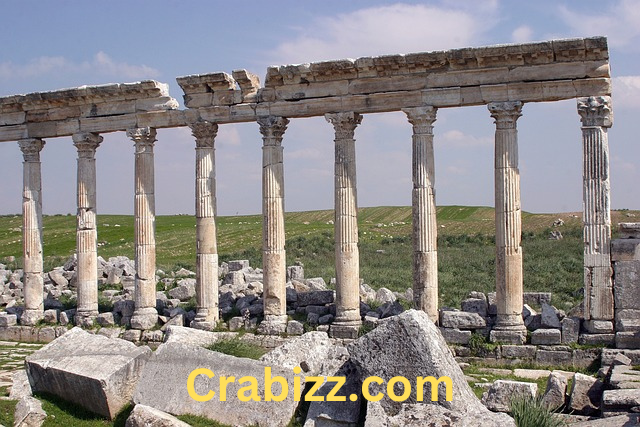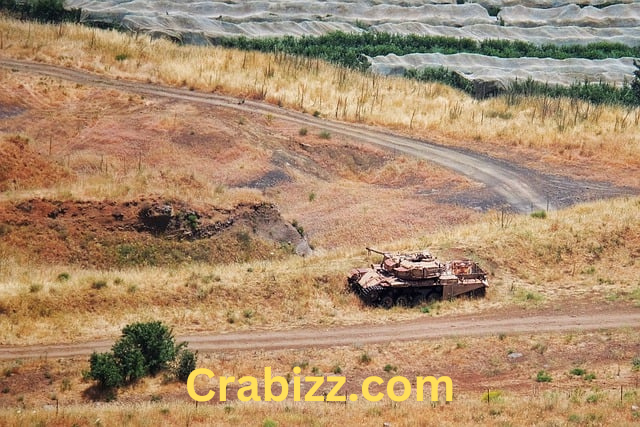Syria is country with great history and traditions located in the southern part of Asia in the Middle East. Also known to be one of the oldest civilizations in the world this country boasts of age that dates back to thousands of years. Tamper, though in the present era of global communication, Syria has been in the news for the civil war and the humanitarian crises.
This study will cover the general information about Syria as well as separately discuss the historical, geographic, cultural, and political aspects of the country as well as the consequences of the ongoing civil war.
Geography of Syria
Syria is juridically located in the middle of the Arabic region and neighbors Turkey in the North, Iraq in the East, Jordan in the South and encompasses Israel and Lebanon to its Southwest. In addition, it also borders the Mediterranean Sea to the west coasts.
Key Geographic Features
- Capital: Damascus, the capital city of Syria and one of the oldest cities in the world that has not been destroyed for new construction.
- Area: About 185180 Square Kilometers.
- Major Rivers: Euphrates which has course through large parts of the country is used for both irrigation and as a water source.
- Climate: Syria has Mediterranean climate with hot dry summers and cool wet winters but in the desert regions are very extreme.

A Short History of Syria
Arab history and the history of the people of Syria is one of the oldest in the world today since its territory was inhabited by the great eternal civilizations and empires, as well as great religions.
1. Ancient Syria
- Cradle of Civilization: The region has been populated from prehistory with Ebla and Mari showing early stages of political and commercial development.
- Biblical Connections: Syria has been mentioned many times in the Bible as the crucible of commerce and the movement of faiths.
2. Classical Era of Syria
- Once the Macedonian Kingdom had been defeated by Alexander the Great the area fell within the domain of the Roman Empire where it developed as a major intellectual and trading centre.
- Palmyra a famous archaeological site was an important trading city of this region.
3. Islamic and Ottoman Rule
- When Islam emerged, Syria came again into the sphere of literary and science on the theatre of the Umayyad caliphate where Damascus was acting
- Ottoman control from the 16th century introduced administrative changes but maintained Syria’s role as a vital trade link.
4. Modern History
- Post-World War I: Syria was placed under French mandate.
- Independence: Gained in 1946, marking the beginning of Syria as a modern nation-state.
Syria Culture and Society
Like most aspects of the Syrian culture, the Syrian music has its roots in as equally rich and complex as the country’s historical antecedents and includes contributions from Arabs, Kurds, Assyrians, Armenians and other nationalities.
1. Language and Religion
- Languages: Arabic is known as the official language of the country; however, Kurdish Armenian and Aramaic are used as well.
- Religions: Majority of the people are Muslims, both Sunni and Shiites The Other Religions include Christianity and Druzism.
2. Art and Literature
- Syrian art spans traditional crafts like weaving and ceramics to contemporary visual and performing arts.
- Literature includes contributions from classical Arabic poets and modern novelists, offering a window into the country’s evolving identity.
3. Cuisine Syria
Syrian cuisine is celebrated for its flavors and diversity. Signature dishes include:
- Kibbeh: A dish made of bulgur, minced meat, and spices.
- Fattoush: A tasty recipe of bread with vegetable salad prepared from fresh vegetable and toasted bread.
- Baklava: A sugary dough based confection containing nuts and coated with syrup.
Syria Politics and Governance
Syria’s modern political history has been shaped by significant events and leadership transitions:
1. Post-Independence Era
- The initial years this region witnessed coups and political instability in most of the countries.
- In early seventies Hafez al-Assad assumed presidency for a long term authoritarian rule under Ba’ath party rule.
2. Current Leadership
- Bashar al-Assad has been in power for 17 years now succeeding his father. His presidency is mostly linked to 2011 uprising and the Syrian civil war that ensued from it.
3. International Relations
Siya has relations with Russia, Iran and its proxy Hezbollah and has become an actor with a unique geopolitical importance in the Middle East in conflict with the West and some of its neighbors.
The Syrian Civil War
The civil war that started in 2011 has upturned the society and nation of Syria.
1. Origins
- Emerging from anti- Assaad uprising during the Arab spring demanding for political liberties and better economy.
2. Key Players
- Government Forces: Backed by Russia and Iran.
- Opposition Groups: Although nowadays it contains various factions, it was initially called the Free Syrian Army.
- Extremist Groups: Thanks to this conflict, new groups appeared and the existing ones, such as ISIS , were able to increase their influence.

3. Humanitarian Impact
- Casualties: More than half a million people documented since the start of the fight.
- Displacement: Millions of people have become refugees or internally displaced persons because of conflict.
- Infrastructure Damage: Places such as Aleppo and Homs have been destroyed.
Syria’s Economic Landscape
Despite its challenges, Syria remains rich in natural resources and human potential:
1. Key Industries
- Agriculture: A former powerhouse and a mainstay of the economy, grain production of wheat, barley and cotton.
- Oil and Gas: Despite ongoing conflict, Syria possess large proved reserves of oil and condensate production.
2. Economic Challenges
- Sanctions, war and political corruption have greatly hampered the chances of economic growth and recovery.
- The work of reconstruction is expected to cost hundreds of billions of dollars.
Humanitarian and Global Response
1. Aid Organizations Syria
- Organisations such as UNHCR, Red Cross and Médecins Sans Frontières plays a big role in offering essential assistance.
- These are in areas of refugees, health, and reconstruction.
2. Challenges in Aid Delivery
- Ongoing conflict and political barriers complicate humanitarian access.
The Future of Syria
Despite its hardships, Syria holds potential for recovery and development:
1. Rebuilding Infrastructure
Much as needs to be done, efforts have to be directed towards rebuilding housing, healthcare and education infrastructures.
2. Political Reconciliation
Inclusive dialogue among all factions is essential for lasting peace.
3. International Cooperation
The global society must help countries reconstruct Syria, without violating the nation’s territorial integrity.

Conclusion
Syria is history of struggle and moving forward. Despite many problems that occurred in the recent history of the country it has a great potential as it is multicultural and has a great history and spirit. Syria as a country cannot be easily comprehended, therefore breaking the barriers, the world needs to come together in rebuilding this historical nation.


